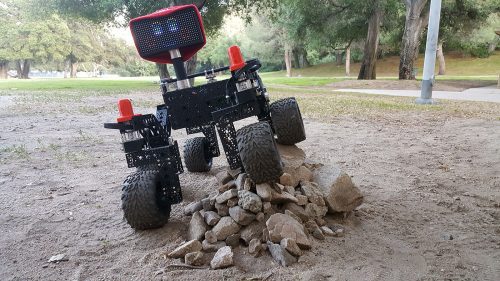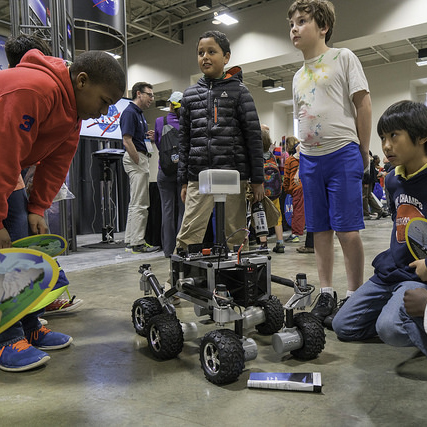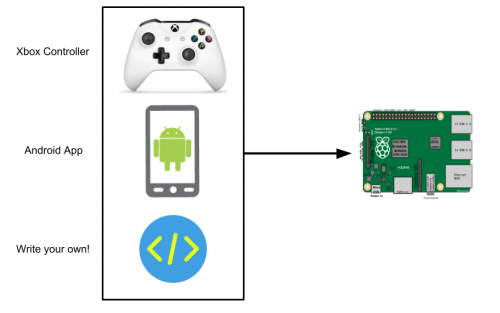— January 13th, 2022

We’re excited to announce the Arduino Open Source Report for 2021 is now available, offering many insights into the development of our open-source ecosystem during the past year.
In this retrospective report you’ll learn about the activities Arduino carried out in the last twelve months, thanks to the hard work of the employees, contractors and volunteers on our team and to the passion of our vibrant community, fueling our mission every day.
We’re proud of the many achievements we celebrated in 2021. It was one of the busiest and most productive years in Arduino’s history of commitment to open source.
We launched a number of new open source hardware products, software tools and libraries. We also upgraded existing assets, heavily refactoring some core pillars of the Arduino framework (IDE, library index and more) ,making them robust enough to support the growing Arduino user base.
The document also highlights key contributions from the Arduino community – libraries, cores and more – that were made during the year. We’re grateful for all the active maintainers and contributors that put Arduino in a league of its own, and strive to give everyone proper credit.
We invite all of you to join the community and become active contributors. There’s a lot to do! For each sub-project, the report points out where you can join us and make a difference.
So, are you ready to dive in? Download the Arduino Open Source Report 2021, and please share your comments and get in touch with us on the Arduino Forum. We want to read your feedback and understand what we can do together in 2022 to ensure Arduino keeps getting better and better.
Website: LINK



